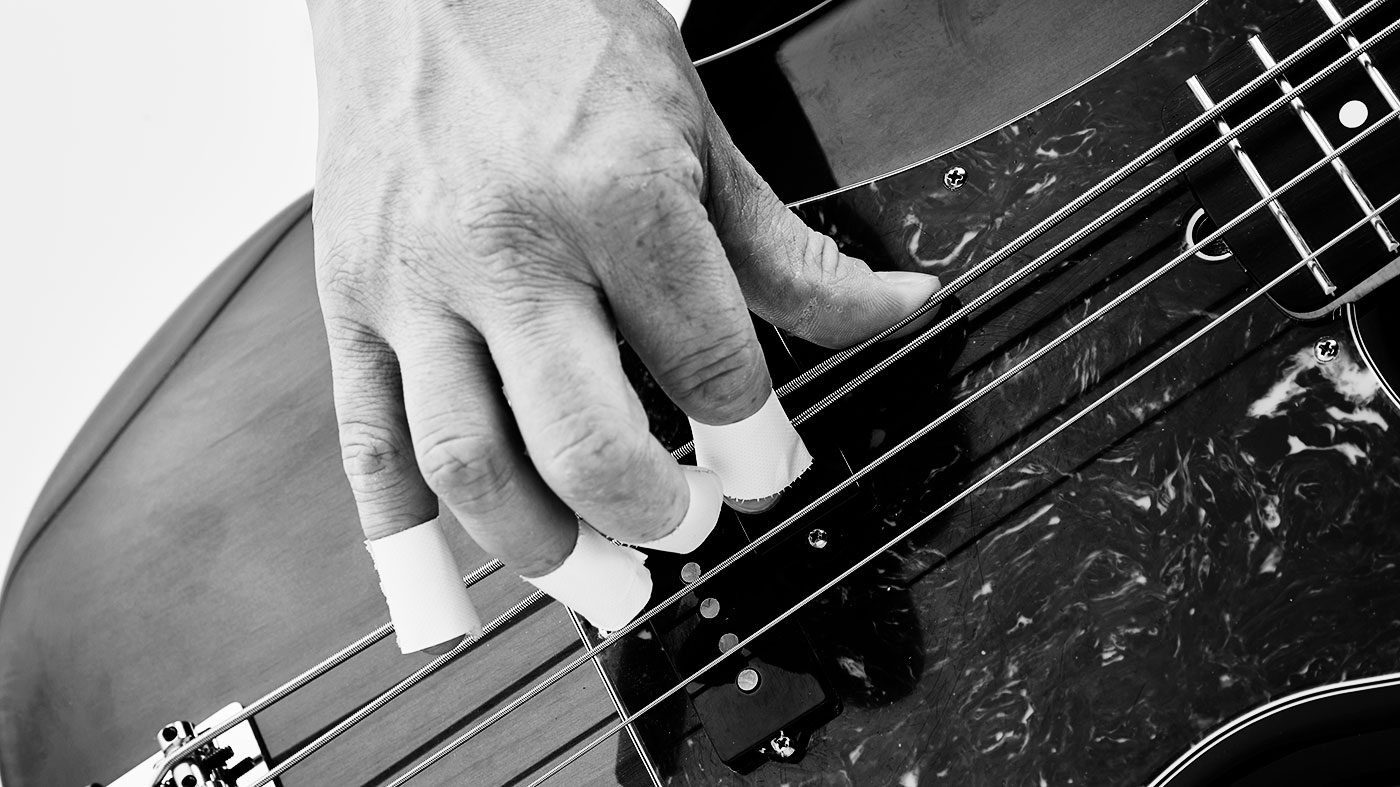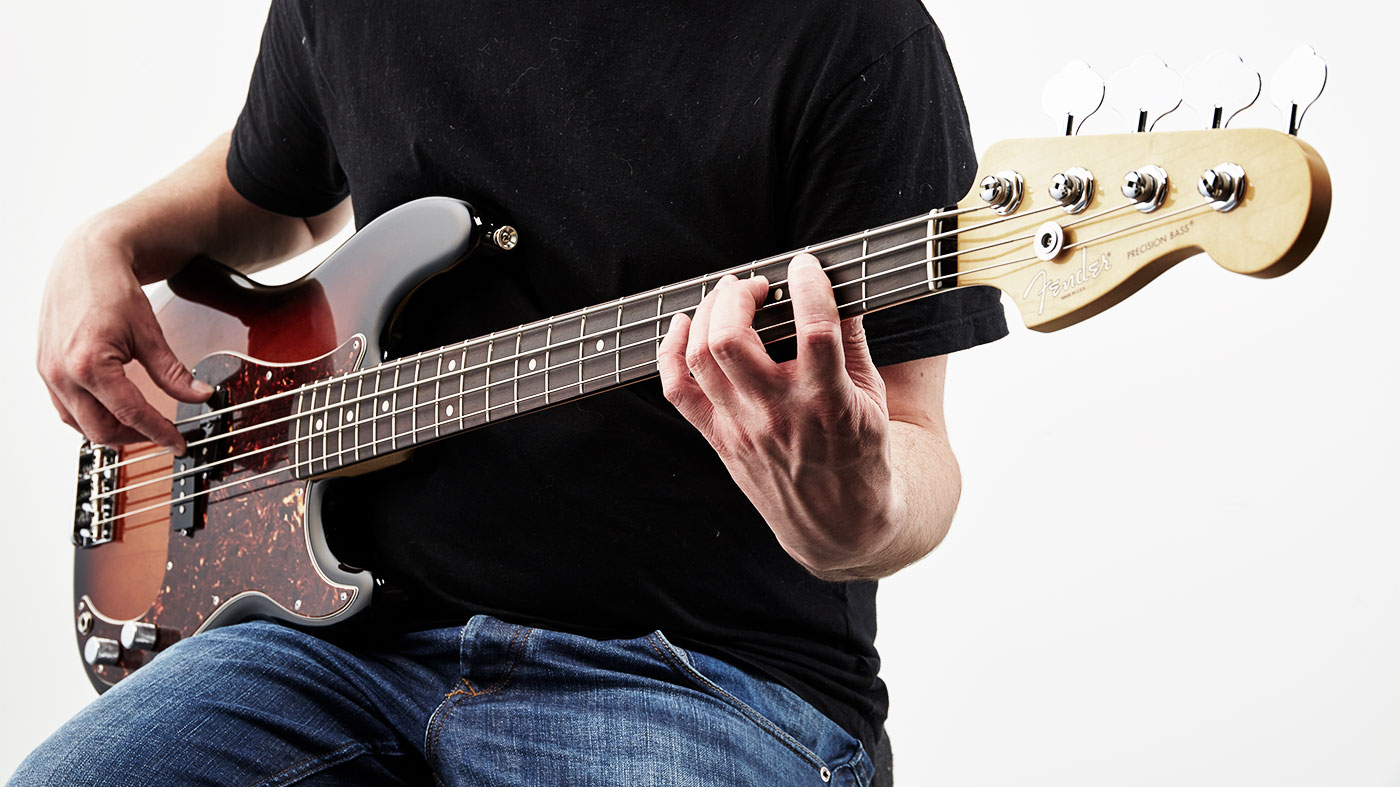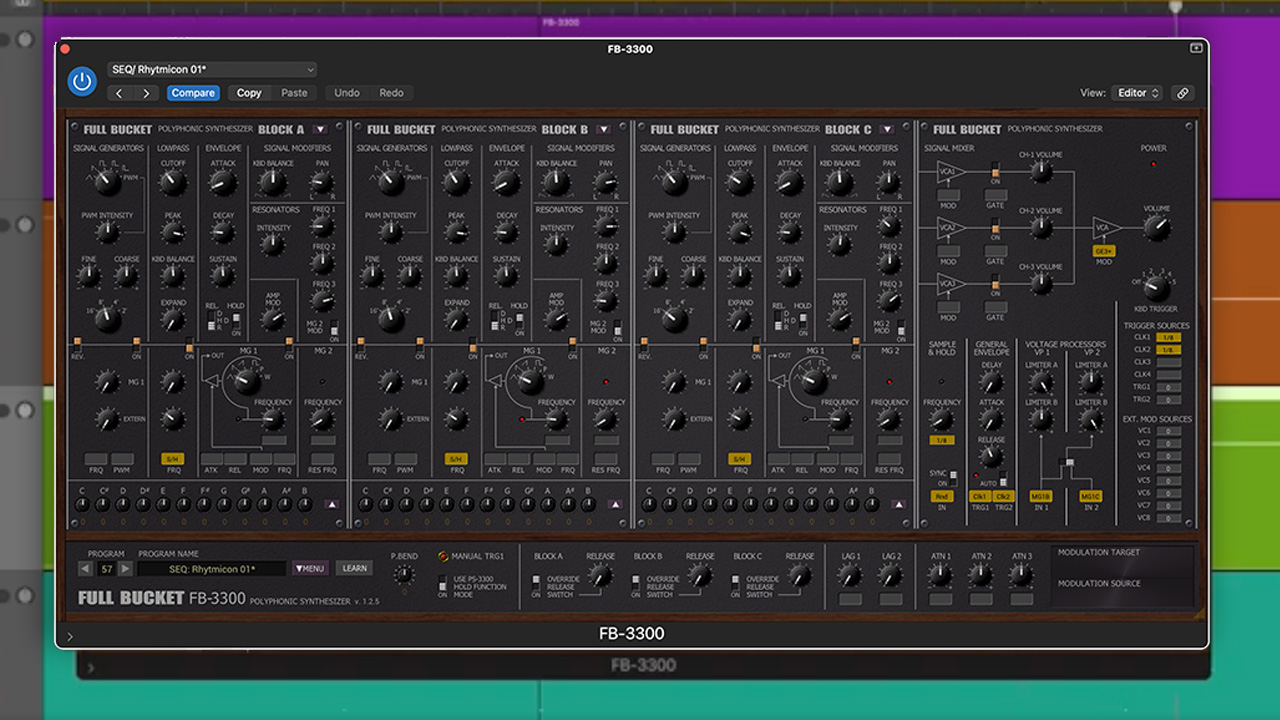How to play fast-paced rock and metal fingerstyle bass
Learn the techniques behind iconic bassists

BASS WEEK: Many people think of rock bass as a simple alternate picking technique, but there are many great bassists who coax precision and power from their fingers. Read on as we break the technique down…
The choice between playing with a pick or using your fingers has always caused debate among bassists.
Although purists tend to prefer the warmer sound of soft fingertips over the harsher tone of pick on string, both techniques have their place for different reasons and often in different musical genres.
Fingerstyle is arguably a more challenging technique however, especially if you come from a primarily guitar playing background.
Here, we’re taking a brief look at four iconic rock bassists who prefer fingers over a pick, Steve Harris, Robert Trujillo, Flea and Christopher Wolstenholme.
Keep in mind that you can extend their techniques to many parts of your playing, so this isn’t just a ‘soundalike’ exercise.
Each of our examples will provide different challenges, but should ultimately make your picking hand much stronger and more rhythmically accurate.
Get the MusicRadar Newsletter
Want all the hottest music and gear news, reviews, deals, features and more, direct to your inbox? Sign up here.
Iron Rake

Although most people reference Steve Harris’s famed three-finger gallop, this example highlights his James Jamerson-like single-finger rake for picking adjacent strings. The open second-string drone provides a platform for the D minor notes (D E F G A Bb C) around it, so you could apply the scale all over the fretboard.
Trujillica

The E Phrygian sound here should be familiar to any Metallica fan, but it’s the gallop at the end of bar 2 that’s the main technique to focus upon. By using your first, second and third picking fingers (marked ‘i, m, a’ under the tab) you can develop greater speed than a two-finger approach. Slow practice is essential.
Red Hot And Upbeat

This Flea-inspired riff has a lot of heavy 16th-note swing, which provides a real challenge. Try to lock in closely with the drums and guitar and break the riff down into short phrases to master each element. Like Flea, you may want to try the last two chords as a thumb strum for more power.
Classical A-muse-ment

Much of the Muse sound comes from classical-inspired minor and harmonic minor harmony. Here the A Phrygian dominant scale (A Bb C# D E F G) is used with open string pull-offs and slides to facilitate faster moves around the fretboard. In this way the fingerstyle hand is a lot more efficient, relying on the fret hand for speed.
Total Guitar is Europe's best-selling guitar magazine.
Every month we feature interviews with the biggest names and hottest new acts in guitar land, plus Guest Lessons from the stars.
Finally, our Rocked & Rated section is the place to go for reviews, round-ups and help setting up your guitars and gear.
Subscribe: http://bit.ly/totalguitar











